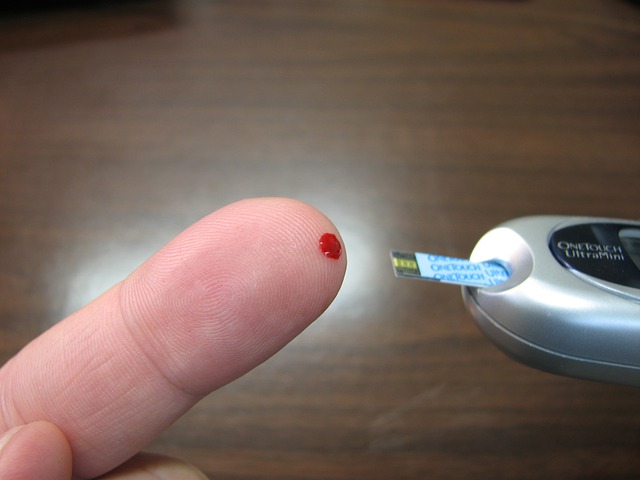
Eat Healthier Carbohydrates
All carbohydrates affect blood glucose levels, which is why you need to know which foods actually contain carbohydrates. Always choose healthier foods that contain carbohydrates and be mindful of the portion sizes.
Here are some healthy sources of carbohydrates:
- Vegetables
- Fruit
- Whole grains like whole oats, buckwheat, and brown rice
- Dairy like milk and unsweetened yoghurt
- Pulses such as lentils, beans, and chickpeas
At the same time, you need to cut down your intake of low-fibre foods such as white rice, white bread, and highly-processed cereals. If unsure, you should check the food labels when looking for high-fibre foods.
Eat Less Salt
Eating too much salt can increase your risk of high blood pressure and this in turn increases your risk of heart disease and stroke. If you have diabetes, you are already more at risk for all of these conditions.
Try limiting yourself to 6g (1 teaspoonful) of salt a day at maximum. Many pre-packaged foods already contain salt, so check food labels and choose the ones containing less salt. Cooking from scratch can help you monitor how much salt you are consuming. You can also be creative and replace salt with different types of spices and herbs to add that extra flavour.
Consume Less Processed and Red Meat
If you are cutting down on carbohydrates, you may start consuming larger meat portions to fill you up. However, it is not a good idea to do this with red and processed meat such as bacon, ham, sausages, lamb, and beef. All these are linked to heart problems and cancers.
You should consider swapping processed and red meat for these:
- Unsalted nuts
- Poultry like turkey and chicken
- Fish
- Eggs
- Pulses such as lentils and beans
Lentils, peas, and beans are also very high in fibre and won’t affect your blood glucose levels too much, which makes them an excellent swap for red and processed meat as well as keeping you feeling full.
The vast majority of people know that fish is good for health, but oily fish like mackerel and salmon are actually better. They are rich in omega-3 oil that helps protect the heart. Try and aim to eat two portions of oily fish every week. As a side point, if you would like more information on metallic taste diabetes then see here.
Eat Plenty of Vegetables and Fruit
Everyone knows that eating fruit and vegetables is good for health. It is always a good thing to aim to eat more of those at meal times and have them as snacks when you are hungry. This will help you get the fibre, minerals, and vitamins your body needs each day to maintain good health.
You are probably wondering about fruit and whether it should be avoided due to its sugar content. The answer is no. Whole fruit is good for everybody and this is no different if you have diabetes. Fruits contain sugar, but it is natural sugar. This is not the same as added sugar that can be found in foods such as cakes, biscuits, and chocolates.
Products such as fruit juices can also be considered as added sugar, which is why you should always choose whole fruit whenever possible. This can be dried, frozen, fresh, or tinned (in juice and not syrup). It is also advisable to eat it throughout the day rather than one larger portion in one go.
Consume for Healthier Fats
Fat is important in our diet since it gives us energy. However, different types of fact affect health in different ways.
Healthier fats are in foods such as unsalted nuts, olive oil, avocados, seeds, rapeseed oil, as well as sunflower oil. Some saturated fats can increase the amount of cholesterol in the blood thus increasing the risk of heart problems.